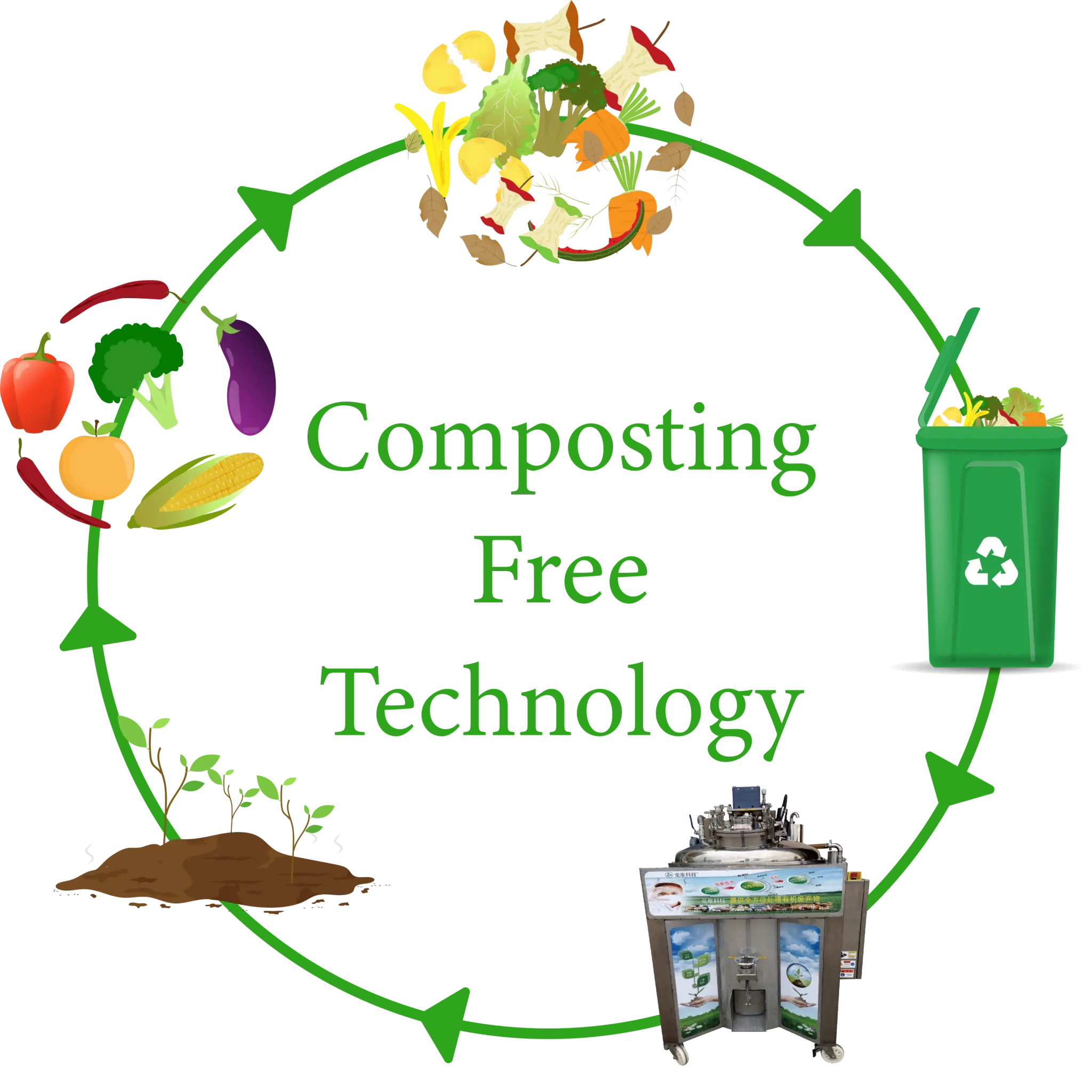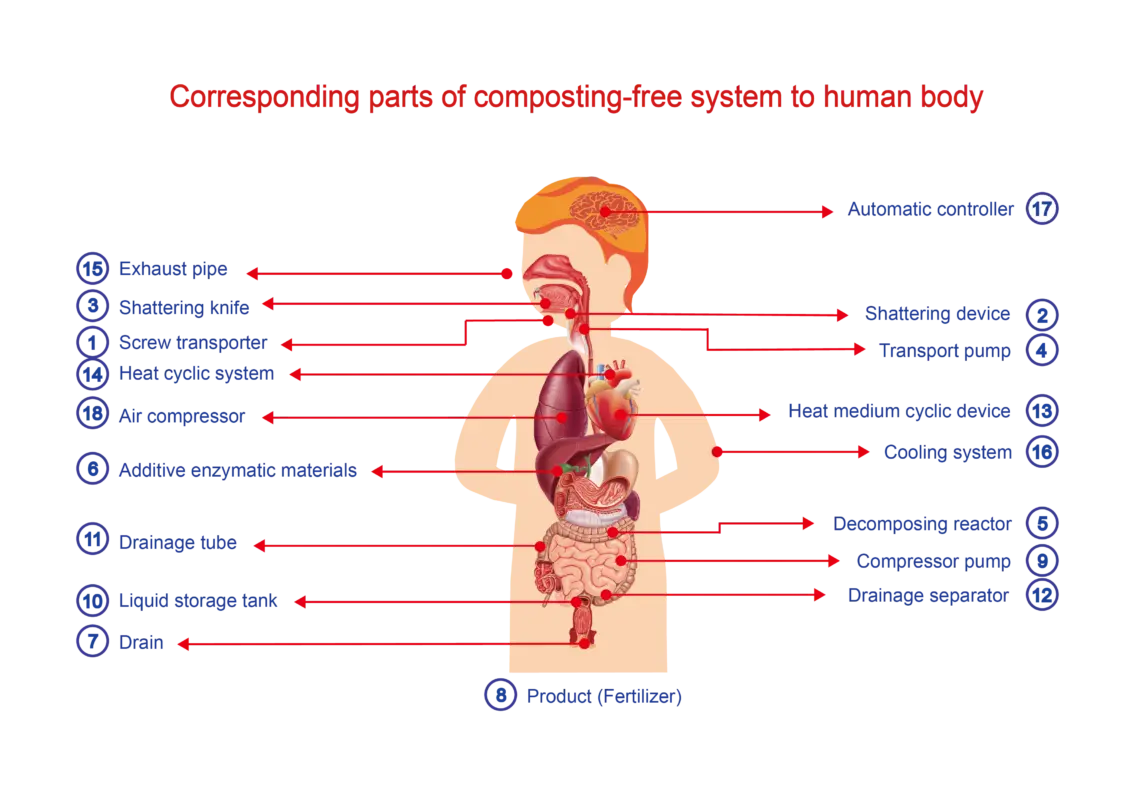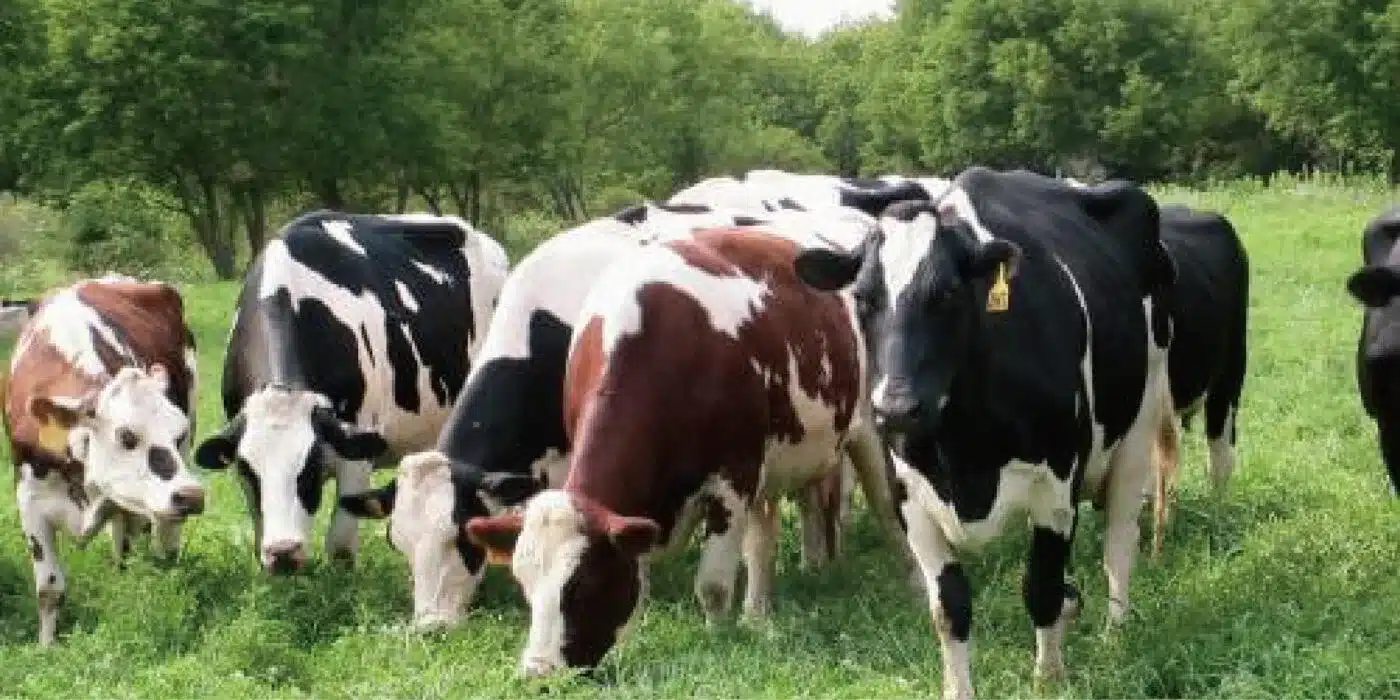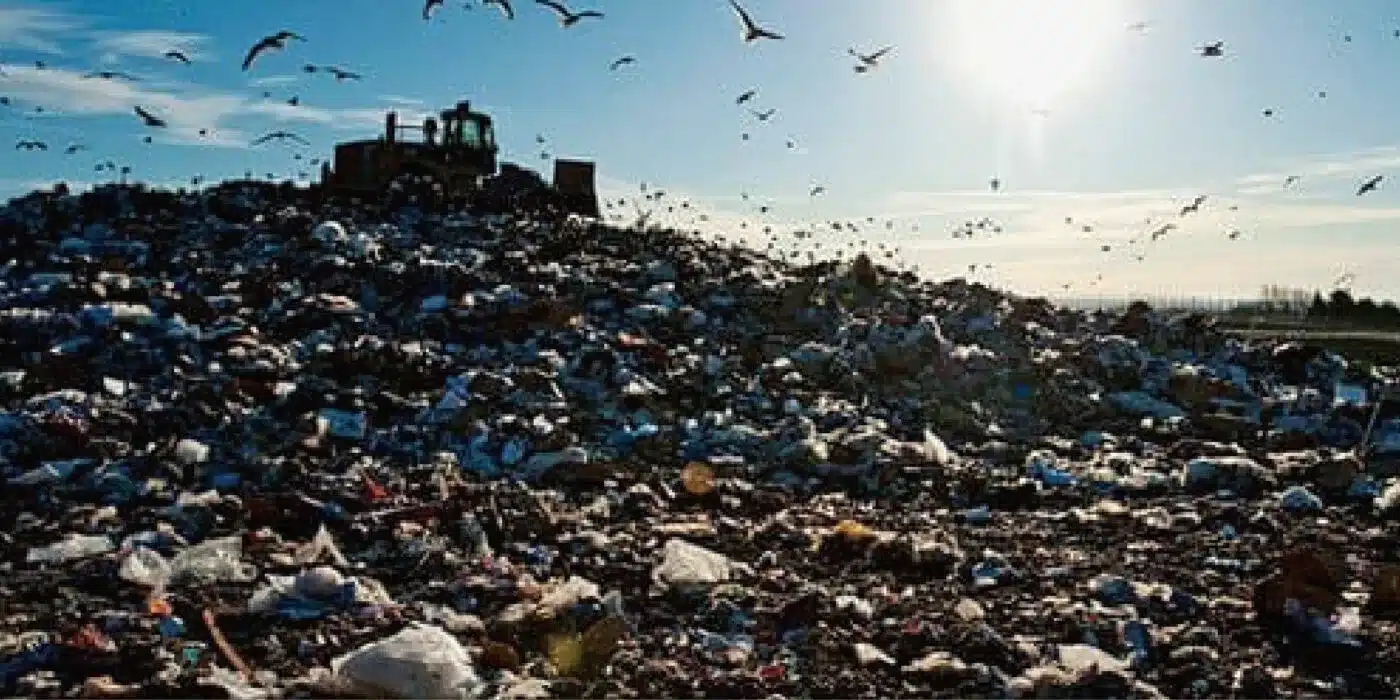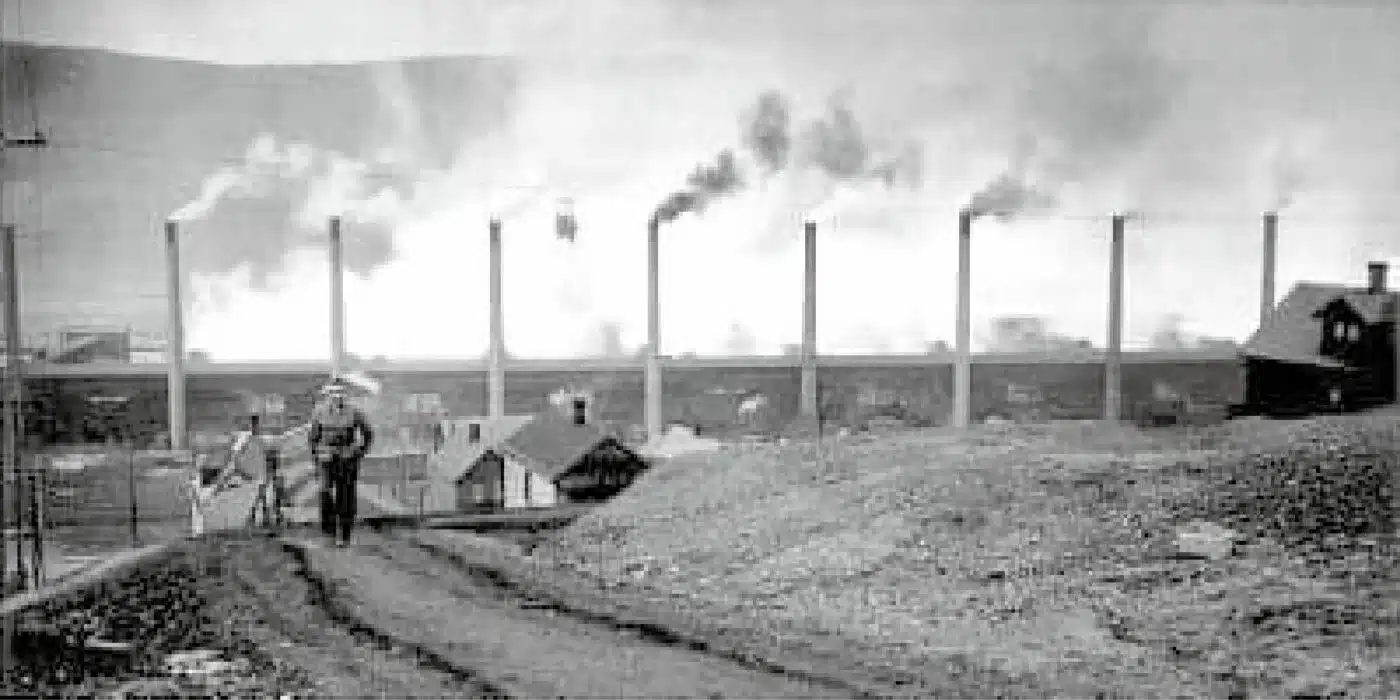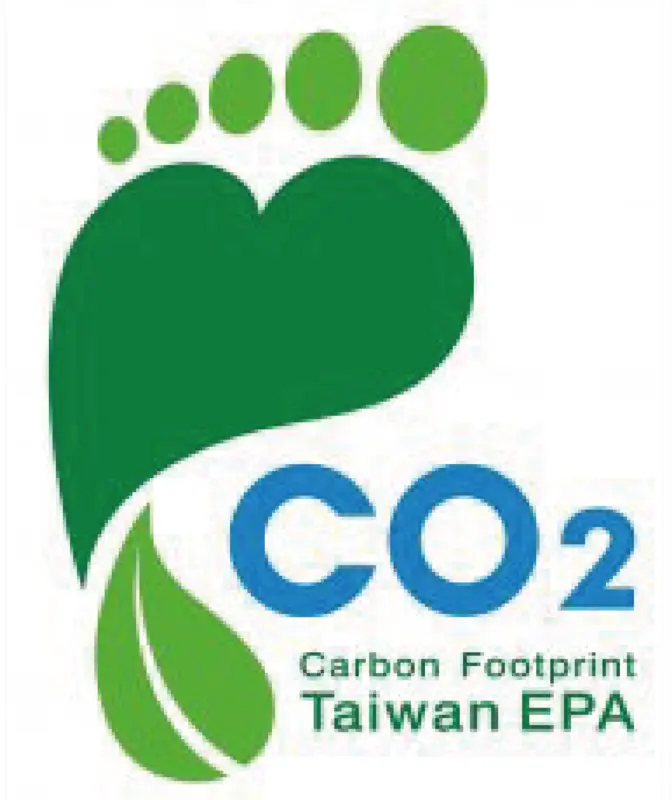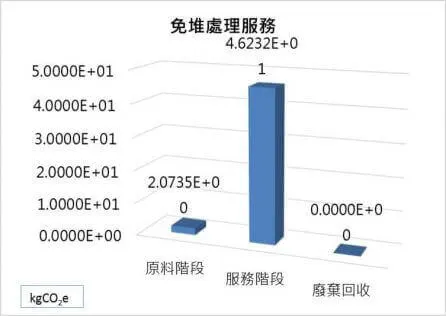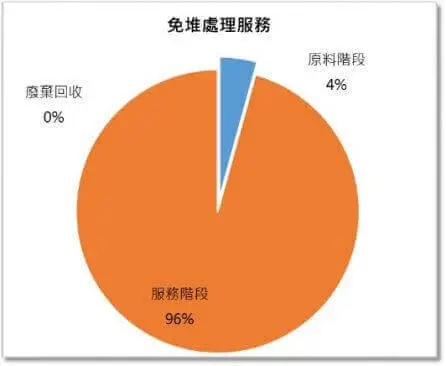Draft System Boundary Document: Create a document that outlines the system boundaries for the analysis, including the stages and processes involved, as well as any assumptions made.
Activity Data Survey and Form Filling: Conduct a survey to gather relevant activity data, such as energy consumption, resource usage, and waste generation, for each stage within the system boundaries. Fill out the appropriate forms with the collected data.
Collect Relevant Supporting Documents and File: Gather and organize any supporting documents, such as energy bills, resource purchase records, and waste disposal records, that are relevant to the activity data survey. File these documents for future reference and verification purposes.
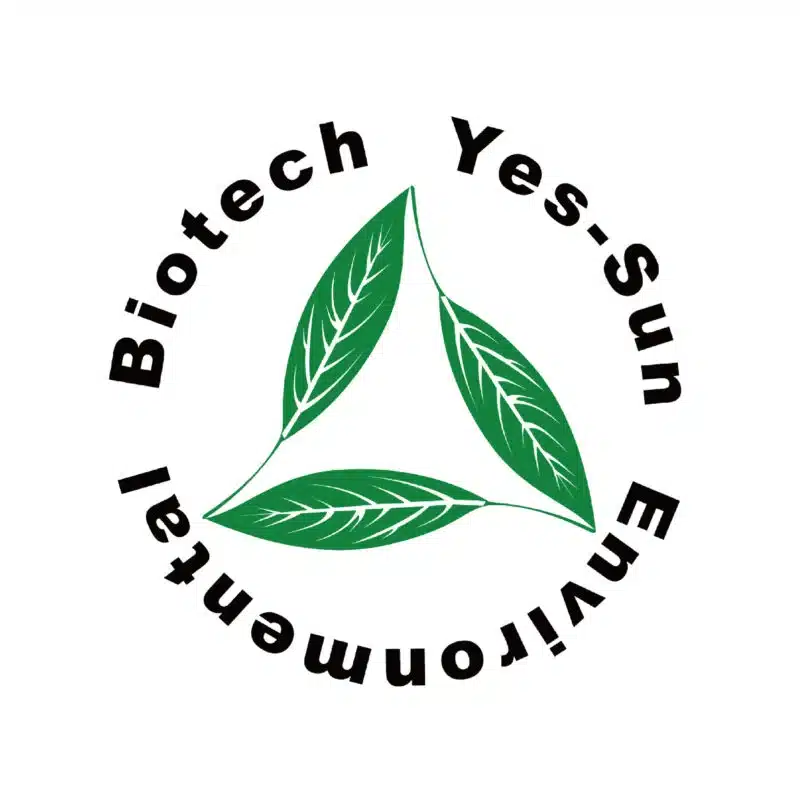


 中文 (台灣)
中文 (台灣) Bahasa Indonesia
Bahasa Indonesia Tiếng Việt
Tiếng Việt Bahasa Melayu
Bahasa Melayu Français
Français Español
Español Português
Português
